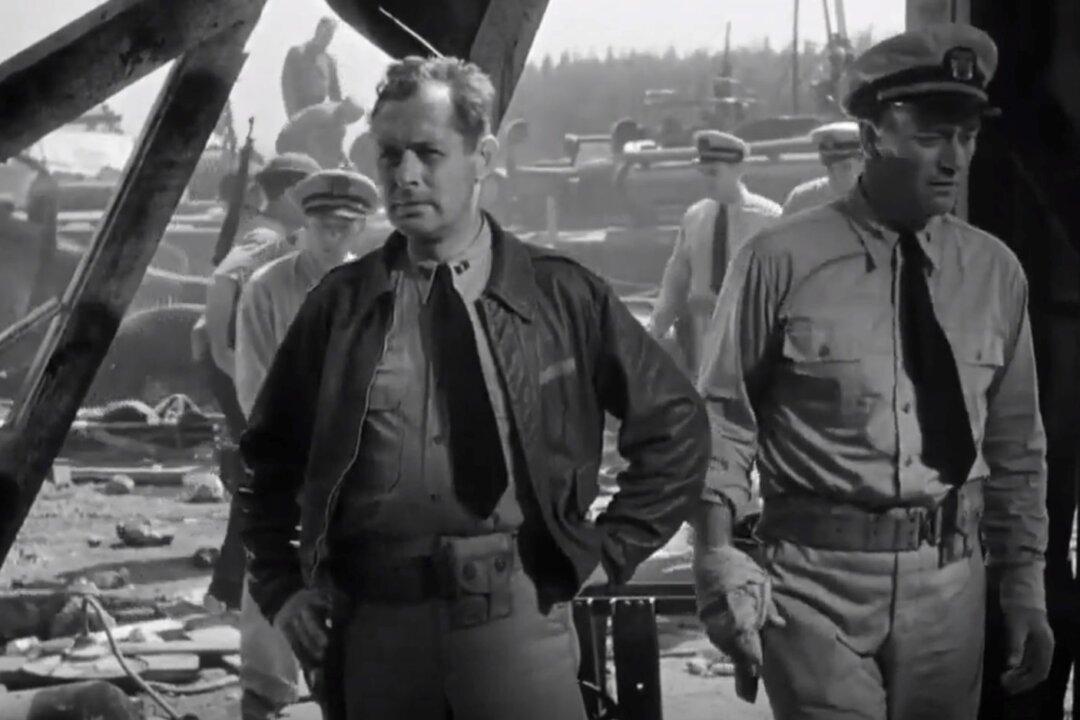Not Rated | 2h 15min | Drama, War | 1945
As an Army vet, I’ve watched quite a few war movies. But as a landlubber, I’ve never known much about the PT boats I’ve seen snaking through jungle rivers in movies about the Vietnam War. Director John Ford sheds light on their impact in one of his lesser-known movies, long before the Vietnam era.






